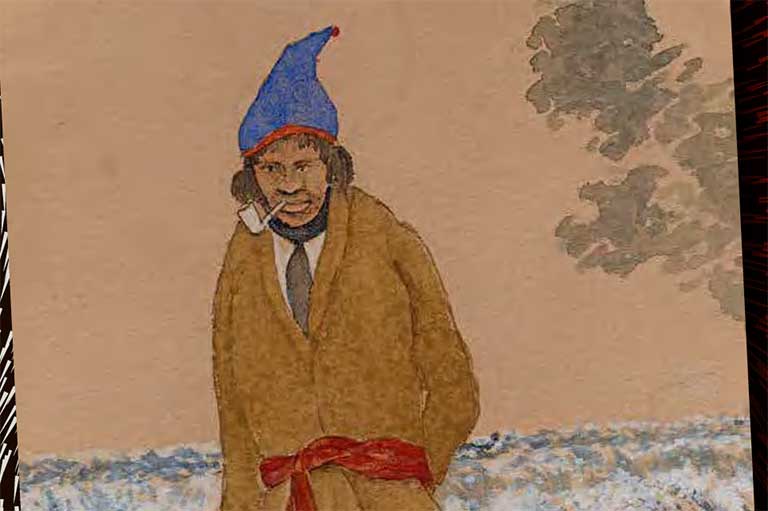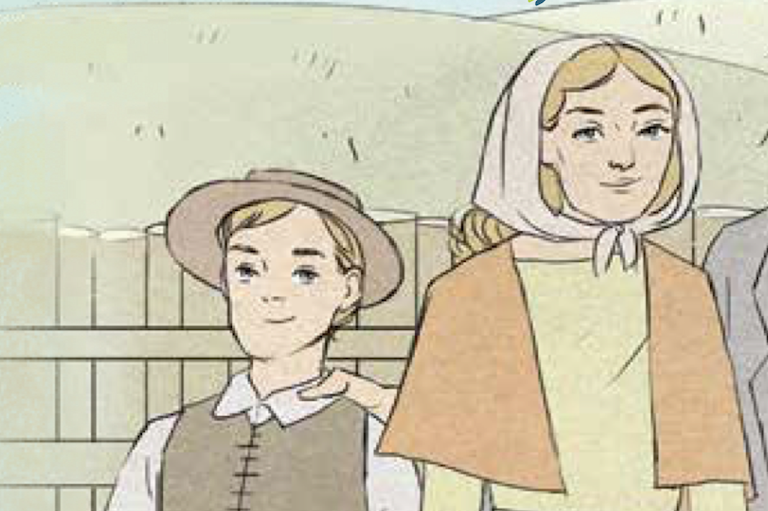The History of Black Canadians: Strength in Unity
Grades: 5/6, 7/8, 9/10, 11/12
Subjects: Language Arts, Social Studies
This lesson is inspired by the article “Black Women Lead the Way” in the Black history in Canada issue of Kayak: Canada’s History Magazine for Kids (expanded in 2022).
Lesson Overview
Over the course of several classes, students will reflect on why certain groups of individuals are motivated to turn to unions or support organizations. With the help of the article titled “Black Women Lead the Way,” published in Kayak, students will explore how Black people have been able to open doors that were previously closed to them because of their race.
Historical Thinking Concept(s)
- Establish historical significance
- Identify continuity and change
- Analyze cause and consequence
- Take historical perspectives
Learning Objectives
Students will:
- Understand the notions of privilege and exclusion.
- Analyze primary and secondary sources to become more aware of the issues and challenges facing Black Canadians.
- Assess their prejudices and understand how they may take shape in one’s environment.
- Discuss the struggle for racial equality.
- Create a poster that will help them focus on solutions.
Background Information
Unions were created to give employees an opportunity to obtain equitable wages and safe and appropriate work conditions.
In the late 1870s, several Black men were hired by railway companies, like the one owned by George Pullman. The men worked as sleeping car porters. They were not well-paid and were also frequently mistreated. Working anonymously, they were simply called “George”—in reference to company owner George Pullman. At the time, the union responsible for representing their trade did not admit Black men. In 1917, two Black employees decided to form their own trade union: the Brotherhood of Sleeping Car Porters.
During this same period, work conditions for Black women—often hired as domestic workers—were just as difficult. In addition to harsh work conditions, there were problems related to immigration, poverty for some, and a lack of resources and support in their communities. In response to the growing needs they witnessed all around them, Black women founded several community groups.
In this lesson, using art and technology, students will learn about the reasons behind the establishment of unions and associations dedicated to Black Canadians. They will come to understand the ways in which Black Canadians have been able to achieve racial equality in various spheres of society.
Prepare Students for Learning
- Ask students to anonymously indicate whether the following affirmations correspond to their personal reality:
- I feel that my opinions are important.
- Yes
- No
- Sometimes
- I can find people who look like me in school textbooks.
- Yes
- No
- Sometimes
- People like me can easily get into most school clubs and specialized programs.
- Yes
- No
- Sometimes
- I see people who look like me on the school staff.
- Yes
- No
- Sometimes
- I can find meals from my culture at the school cafeteria.
- Yes
- No
- Sometimes
- I can wear my hair in the style of my choice without having to provide any explanation.
- Yes
- No
- Sometimes
- I feel that the school’s authority figures want what’s best for me.
- Yes
- No
- Sometimes
- I feel that my opinions are important.
- Compile the answers in a format that is easy for students in your class to analyze. Then, share the results with them and lead a discussion examining the proportion of students who answered the questions in one way or another.
- Involve students in a discussion about the expressions of under-representation they may have observed and ask them to identify the possible reasons for these declarations.
- Have they been unjustly excluded from a group or activity? What can they do to make sure their rights are respected from now on?
- Ask them if they have thought about the following question: How do we create a feeling of belonging to a club, a community, or a school?
- What can they do to make sure that their right to work and feel at ease in their community is respected?
- Here are a few reasons why people feel good in their environment:
- They feel that they are understood and heard.
- They are involved in their community and feel valued and heard within it.
- They are involved and feel that they are taking part in the achievement of common goals.
- They can take advantage of the same opportunities as others.
- To further the discussion, read the article titled “Black Women Lead the Way,” published in the Black History of Canada issue of Kayak. Explore the organizations and associations presented in the article.
Lesson Activity
- Split the class into groups of four or five students. Ask them to promote one of the organizations presented in the article. To that end, they can reflect on the reasons that led to the establishment of these organizations. The following questions can help guide their thinking:
- Why was the organization originally created?
- What made the organization successful?
- How did the members manage to further their cause?
- Students will individually create a promotional poster shining a spotlight on one of the organizations presented in the article (or another organization of their choice). The poster should serve to recruit new members, while reflecting the group’s concerns and advocacy.
- The poster should include the name of the organization or group, art and graphic elements, the group’s principal issues, and all other information relevant to promoting the organization within the community. Lastly, students should be careful to use the appropriate tone and language to reach out to new members.
Suggested Reading:
- Social determinants and inequities in health for Black Canadians: A Snapshot (Government of Canada)
- The Pervasive Reality of Anti-Black Racism in Canada (Boston Consulting Group)
- Eradicating structural racism for Black Canadians (Policy Options)
Themes associated with this article
Advertisement




